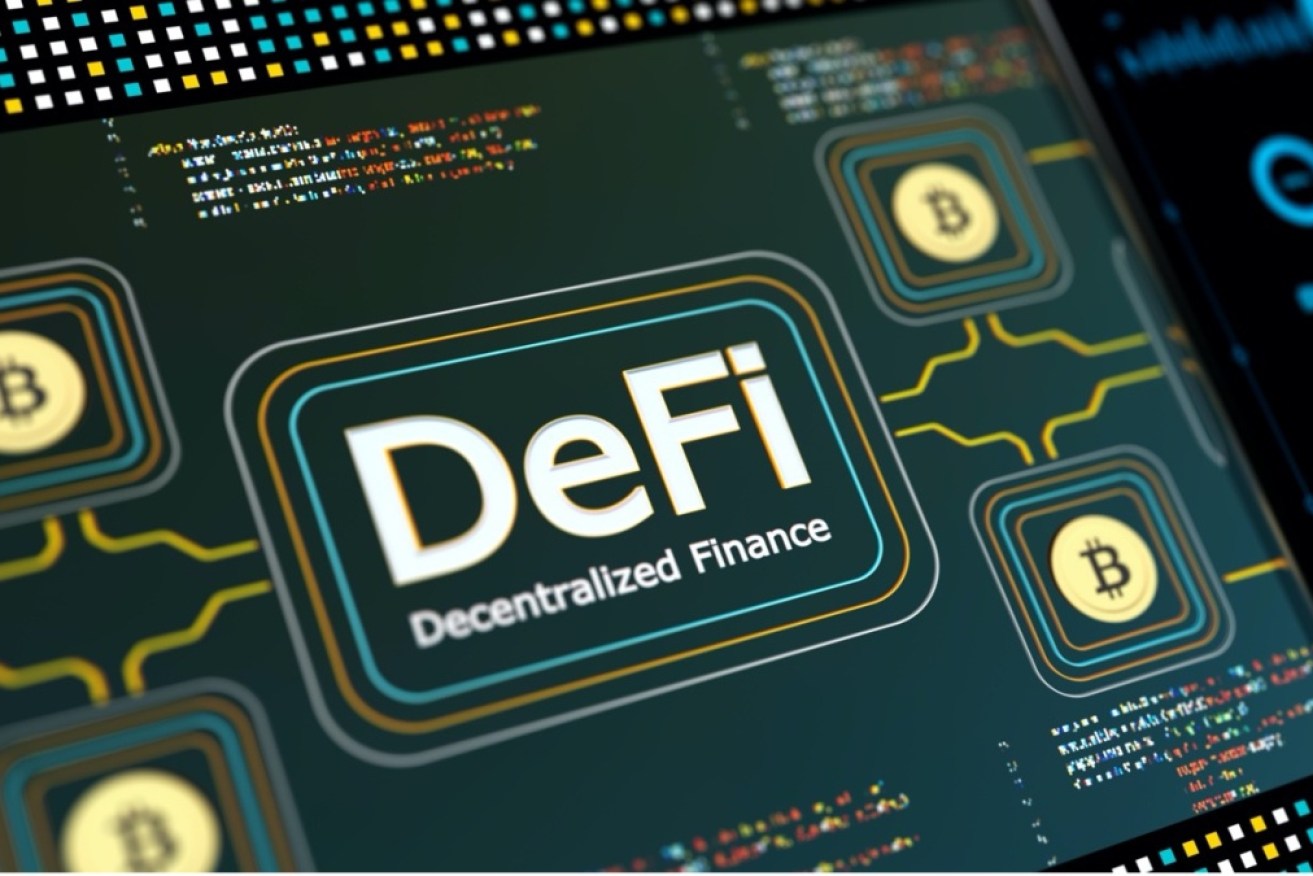Defi explained and why it’s becoming a popular alternative to banks


Defi is still a fledgling technology, so there are some kinks to be ironed out, but it is quickly gaining popularity. Photo: Getty
You’ve probably heard the term decentralised finance connected to crypto but may not know what it means and how it works.
Well, it’s time to sit up and take notice because investors are increasingly integrating decentralised finance into their investment strategies with good results.
Also known as DeFi, it’s proved to be a faster financial tool than traditional financial infrastructure.
Here’s everything you need to know to better inform your investing.
What is DeFi?
Basically, decentralised finance is a sub-sector of the crypto market and it has really taken off in the past 12 months.
Rather than being controlled by one central authority, it is run by a collection of people or computers. Investors are turning to decentralised finance because it isn’t as susceptible to the flaws and corruption found over the years using CeFi or centralized finance.
Because it can be accessed on a public blockchain network, users can interact with each other directly. This means buyers, sellers, borrowers and lenders go straight to the source instead of a bank to facilitate transactions.

DeFi is finance without a bank as the middleman. Photo: Getty
How can you make money from it?
There are several ways DeFi can generate passive income such as interest earning or through lending your crypto.
Another form of earning interest on crypto-assets is called staking, which allows users to lend their crypto to a Proof of Stake network to help validate and secure transactions. In exchange for their contribution, users are paid staking rewards.
What are popular DeFi cryptocurrencies?
The biggest DeFi projects right now include UniSwap, a decentralised exchange and Terra which is a payment platform for stablecoins, which are cryptocurrencies that track the price of fiat currencies (i.e AUD).
There are also DeFi tokens, including governance tokens which allow holders to play a part and vote on decisions related to the future of the protocol or decentralised application (dApps).
dApps are just like the apps you have on your smart phone except they do not rely on a central authority to operate them. They are built to work together so the DeFi system grows and becomes more accessible.
Other tokens include payment tokens, reward tokens, stablecoins, security tokens, admission or gas tokens and asset-backed tokens.
It’s important to know there are some risks associated with DeFi. While most DeFi projects are legitimately decentralised, some are fraudulent. More than $10 billion USD has been lost to DeFi scams in 2021 alone.
It’s critical to be able to identify scams in DeFi. To do this you need to conduct through research of your own and not only listen to influencers of people on the internet.
DeFi is still a fledgling technology, so there are some kinks to be ironed out, but it is quickly gaining popularity as an alternative to traditional financial institutions.
To learn more, head to Swyftx.